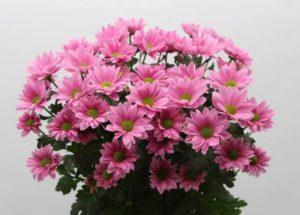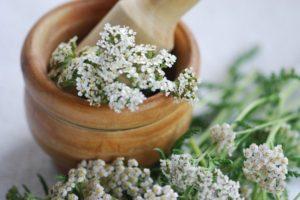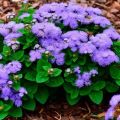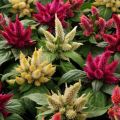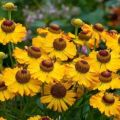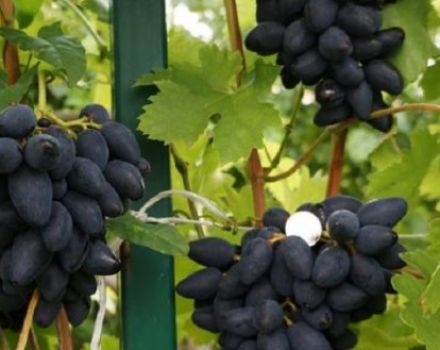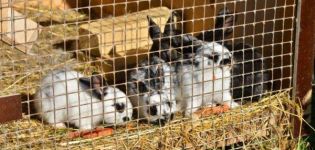Planting and caring for Astrantia in the open field, a description of 20 varieties and species
Currently, a huge number of flower crops have been bred, so when choosing it can be very difficult to stop at one thing. For example, you can focus on Astrantia. Planting and caring for Astrantia is quite simple, the culture is unpretentious.
Description and features
Astrantia, or as this culture is also called - asterisk, is a rhizome plant. The height of the bushes ranges from 15 cm to 1 m. Inflorescences come in various shades: from white to rich burgundy and wine, pink. Inflorescences are simple, umbellate in shape. Collected from a large number of small flowers.
A feature of the star is the presence of a wrapper on flowers of a more saturated color. The tips of the wrapper are usually green. The flowering period is long. The bushes begin to bloom in early summer. Flowering continues until autumn. Even harsh winters are easily tolerated.
Growing methods
Astrantia can be reproduced in two ways. Seeds before winter and seedling method. Both methods are quite effective.
Planting freshly harvested seeds before winter
The soil is dug up and grooves are made in an arbitrary arrangement. Then the seeds are sown. Sprinkle lightly with soil and water abundantly. For the winter, the seeds can be covered with spruce branches. In the spring, after the snow melts, the shelter is removed. Seedlings should appear in a few weeks. After the bushes grow up, they can be planted or left to grow in one place.
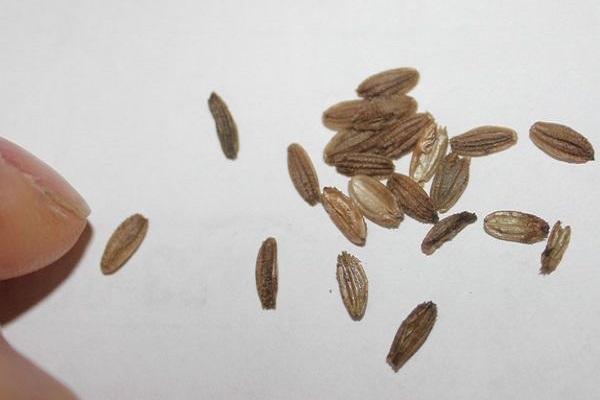
Through seedlings
The second breeding method is seedling. The seeds are first planted at home in boxes, and then transplanted into open ground when they grow up.
Timing
The planting material is planted in late February - early March. Planting dates largely depend on the region of residence and climatic conditions.
Preparation of planting material
Before planting, the planting material is prepared so that it germinates faster. For this, the seeds are germinated. The planting material is placed in wet gauze and covered on top. The gauze is removed to a warm and dark place. Before germs appear, the gauze must be constantly moistened.After 2-3 days, sprouts should appear. After that, the seeds are planted in the ground.
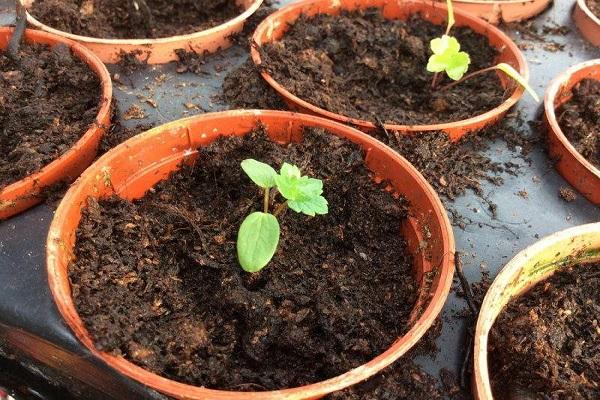
How to plant
Seeds are planted in a loose fertile substrate.
Seed planting process:
- A shallow drainage is poured into the bottom of the container, then soil.
- Make shallow furrows in the soil and sow seeds.
- Dig in slightly with soil.
At the end of planting, pour warm water and close the boxes with a plastic bag. Thanks to this measure, seedlings will begin to appear faster.
Temperature and light conditions
Seedling boxes are placed on sunny windows. Seedlings grow better if they are in the sun all day. The room temperature must be at least +18 degrees. Seedlings do not tolerate sudden changes in temperature.

Picking
The pick is carried out after the seedlings grow up and a couple of full-fledged leaves will appear on each seedling. The bushes are transplanted into peat pots. Then, together with them, they are planted in open ground.
The picking can be skipped if the seedlings do not grow close to each other, and the astrantia has enough space in one container.
Hardening
A few weeks before transplanting into open ground, the seedlings begin to harden. Boxes with seedlings are taken out into the street at first for 15 minutes. Each time the dwell time should increase until it reaches an hour. You can't take seedlings outside if the weather is very cold.
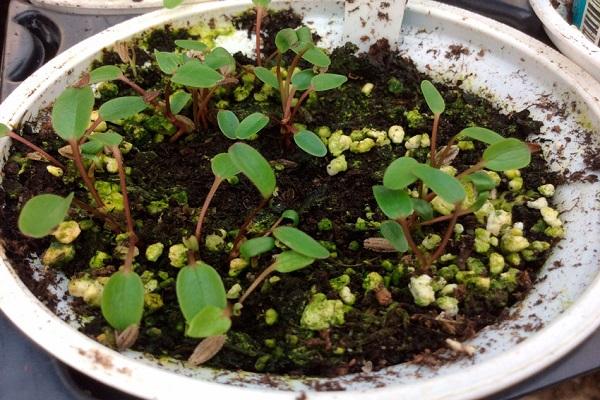
Landing in open ground
Planting in open ground is the second stage of growing a crop. Before this, it is imperative to select a garden bed for seedlings in advance and prepare it.
Timing
Seedlings are planted in open ground after warm weather is established outside. Planting seedlings in cold soil leads to the development of diseases. Astrantia is usually transplanted in late May - early June.
Seat selection
Astrantia prefers to grow in open, sunny areas. You can also plant seedlings in partial shade or under the crown of trees and bushes. When choosing a place, you need to be guided by the fact that sunlight falls on the bushes for part of the day.
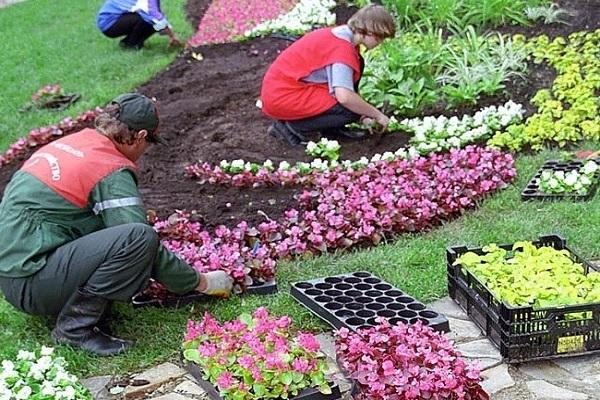
Soil requirements
For planting, light, loose soil saturated with nutrients is best suited. The composition can be any, the plant is undemanding to this point.
Landing scheme
Seedlings are planted at a distance of 8-12 cm from each other. Bushes need a place to grow normally. If it is a short variety, the distance can be reduced. The higher the bush, the greater the distance should be.
Care
Crop care is minimal. Astrantia belongs to unpretentious plants. You can hardly take care of the bushes, just regularly water and weed the weeds.
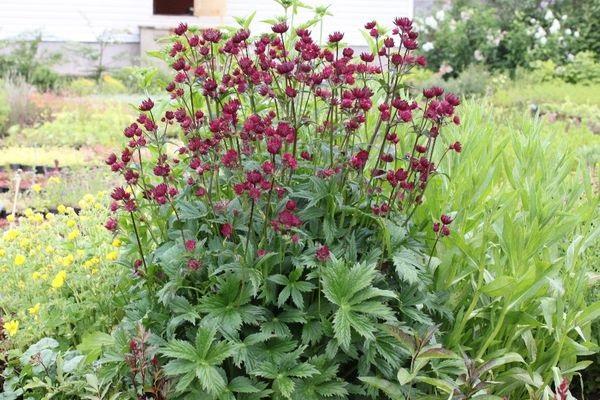
Watering
Water the bushes with heated water after sunset. You can water early in the morning when the sun's rays are not yet so aggressive. In the spring, after planting, water it 3-4 times a week. In summer, every day, especially if the heat lasts for a long time. If it rains often, then you need to be guided by the state of the plants. If they are green and bloom profusely, you do not need to water extra.
To reduce the amount of irrigation, you can mulch the soil in the flower bed. The mulch layer should not be less than 15 cm. In addition to retaining moisture in the soil, this layer prevents weeds and protects the root system from frost in winter.
Loosening and weeding
Once a week, before watering, the soil is loosened and weeds are removed. It is better not to allow the appearance of weeds at all, to pull them out immediately. The soil is weeded to a depth of 5-7 cm.
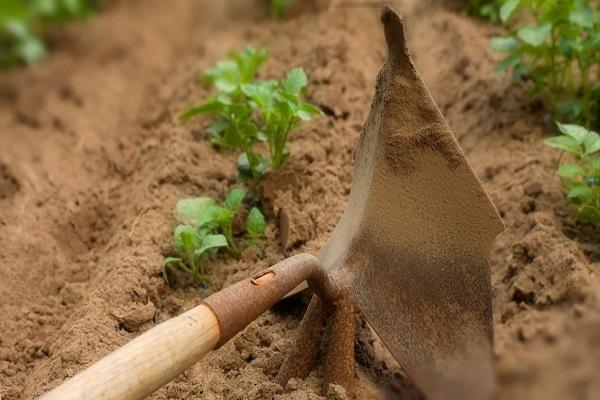
Pruning
Cutting is necessary for faded inflorescences. You need to cut them off right away so that the bush does not look "naked". Dry leaves and stems are also regularly removed. Closer to autumn, when the flowering period is over, the stems are cut so that at least 15 cm remains from the ground.
Top dressing
Astrantia is one of the few plants that you don't need to fertilize. Without top dressing, the bush can grow and bloom quite successfully.As a preventive measure, several times a month, the flower bed can be watered with complex mineral fertilizers or manure diluted in water.
Transfer
Transplanting the crop is often unnecessary. The transplant can be carried out every 3-4 years.
Diseases and pests
Astrantia rarely gets sick and is practically not attacked by insects. For prevention, you need to regularly destroy weeds from the flower bed. In principle, this measure will be enough for the bush to be healthy all the time and bloom profusely.
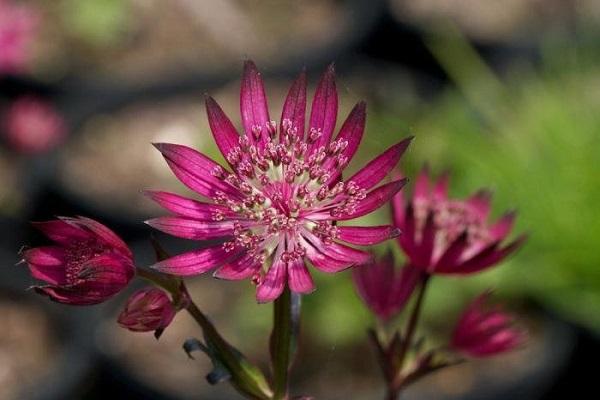
Reproduction
Astrantia reproduces in two ways - seed and rhizome division.
Seeds
Seed propagation is carried out in spring or autumn. In the first case, planting material is planted for seedlings in the spring at home. When the seedlings grow up and it becomes warm outside, they are planted in open ground.
Dividing the bush
The second way is by dividing the bush. This method is suitable if the bush has already grown a lot and needs to be replanted. Instead of transplanting, you can cut the plant into several parts and plant it. Reproduction is carried out in this way in the fall. In the spring, new bushes will begin to actively grow.
The advantage of this propagation method is that you do not have to deal with growing seedlings, and the bushes will begin to bloom faster after transplanting to a new place.
After flowering
After the inflorescences have faded, you need to start preparing the plants for winter. Unlike many flower cultures, Astrania is unpretentious even in this.
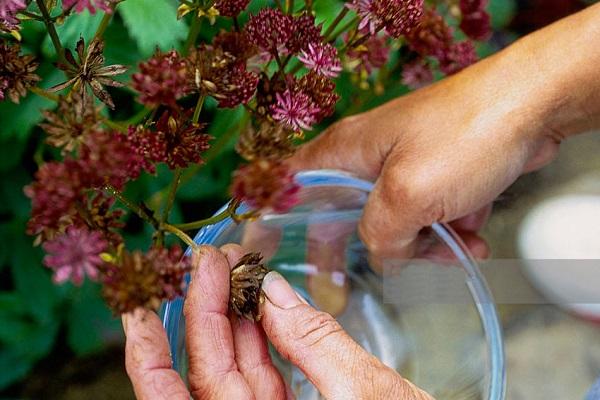
Collection and storage of seeds
The seeds can be harvested throughout the summer as soon as the flowers have faded. Faded flowers are cut and laid out in a dark room so that they dry completely. After that, it is easy to collect the seeds. The collected planting material is stored in the refrigerator for no more than two years.
Preparing for winter
Astrantia belongs to frost-resistant plants, so it is not necessary to cover the bushes for the winter.
Kinds
Astrantia varieties are divided into several types depending on the height of the bush.
Large
In these varieties, the main stem can grow up to 1 m.The bushes are large and spreading.
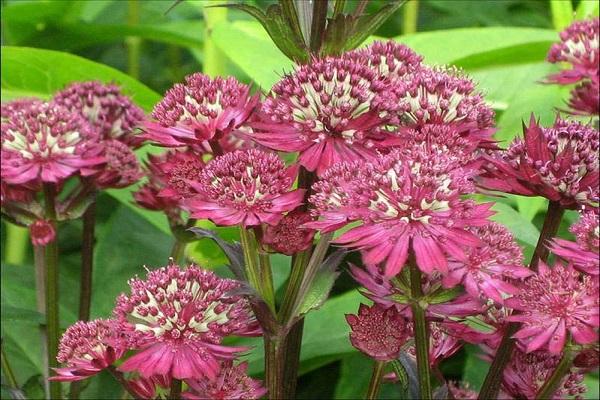
The greatest
The bushes are large, they grow up to 70-85 cm in height. This species grows in the Caucasus. The inflorescence is large, about 7 cm in diameter. The flowers are pink.
Small
Plants are small in size, up to 60 cm high. Average branching. Blooms later than everyone else, in August-September. Dusty pink inflorescences.
Karniolskaya
The height of this variety of bushes is 40-55 cm. The plant is not branched, slightly leafy. Fuchsia-colored inflorescences.
Popular varieties
Breeders have bred a large number of Astrantia varieties, different in the shade of inflorescences and a number of other characteristics.
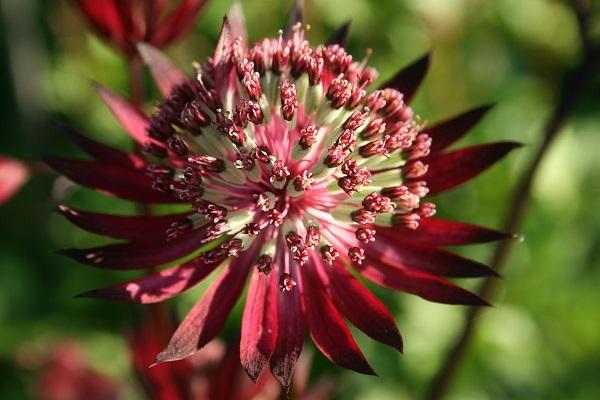
Moulin rouge
The height of the Moulin Rouge variety reaches 50 cm. The shade of the inflorescences is rich burgundy.
Ruby Wedding
The variety is tall, 70 cm high. The inflorescences are pale pink. It begins to bloom in June and ends in August.
Claret
The approximate height of the variety is 50-56 cm. The flowers are large, rich in wine shade. The foliage is bright green.
Diva
Plants up to 55 cm high. The bushes are 30-40 cm in diameter. The shade of flowers is lavender with white tints.
Venice
Adult plants grow to a height of 50 cm. The flowers are purple. Grows well both in the sun and in the shade.
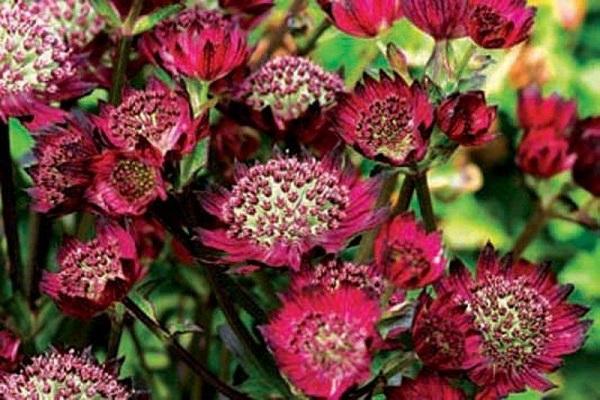
Lars
Tall variety, stems about 70 cm long. The shade of flowers is pale pink. Differs in long flowering, lasting all summer.
Sunningdale
The variety belongs to tall, grows up to 70 cm. Inflorescences are light pink, the bract is large.
Rosen Symphony
The variety is distinguished by a rich wine color with flower petals. An adult plant grows about 75 cm.
Rosea
Inflorescences are pink. The height of the bushes is up to 80 cm. The flowering period is from June to September. Prefers to grow in sunny areas and in partial shade.
Snowstar
The flowers are white, the inflorescences are large, 5-6 cm in diameter. The bushes are tall, grow up to 1 m.
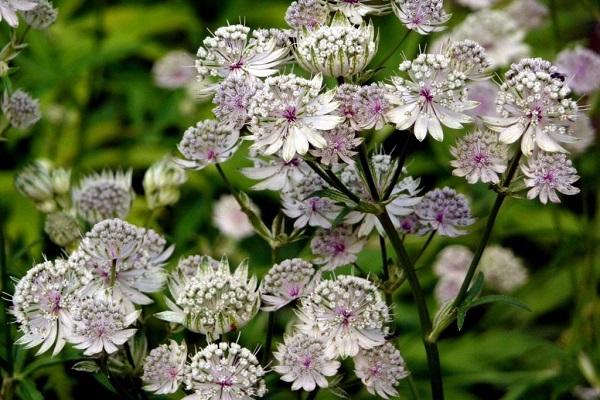
Abby Road
Purple flowers, rich burgundy wrapper. The bush is medium-sized, up to 60 cm high.
Venice
Flowers of intense purple color. Plant height reaches 50 cm. Sprawling bushes.
Major
Inflorescences of ruby color, plants are tall, about 70 cm. Unpretentious in cultivation.
Roma
The Roma variety is characterized by white-pink inflorescences and tall bushes. Duration of flowering from June to the end of September.
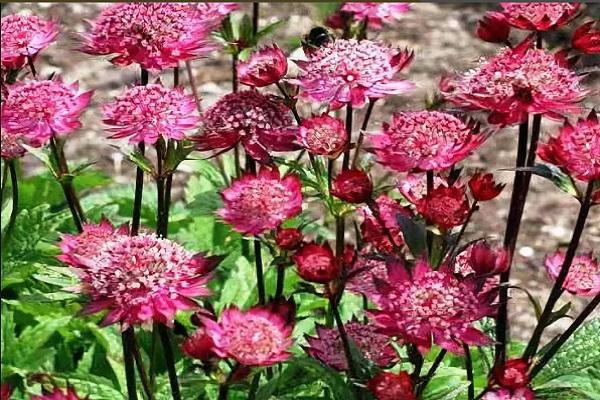
Symphony
The height of an adult plant is up to 75 cm. Flowers are pink. The variety is suitable for cutting.
Moulin Rouge
The inflorescences are rich wine color. A characteristic feature of the variety is the black wrapper. Differs in long flowering, lasting all summer.
Use in landscape design
Astrantia is versatile in landscape design. The plant is compatible with most flower crops. Looks great both in group plantings and in singles. Best planted with perennials.
